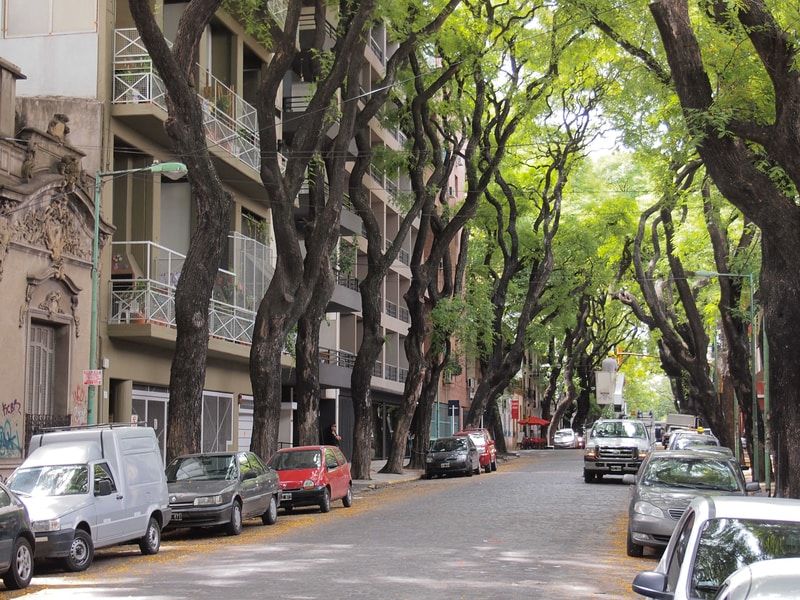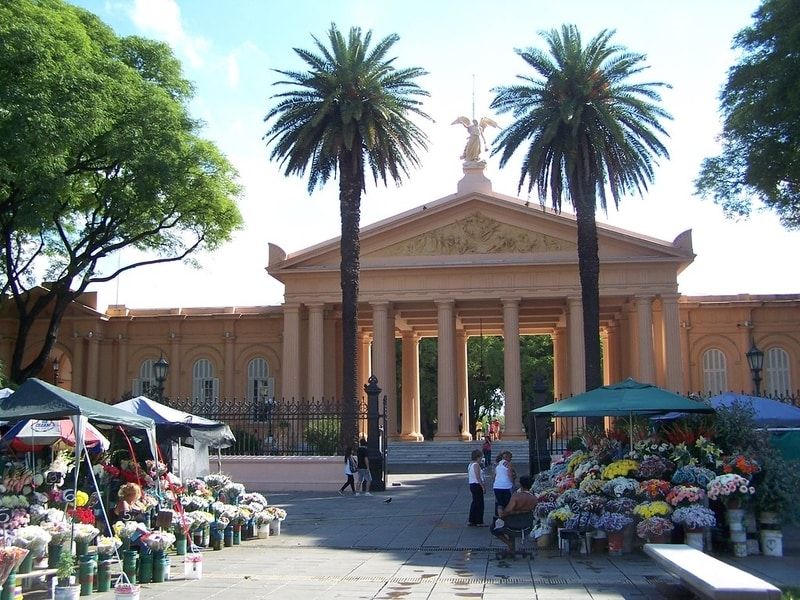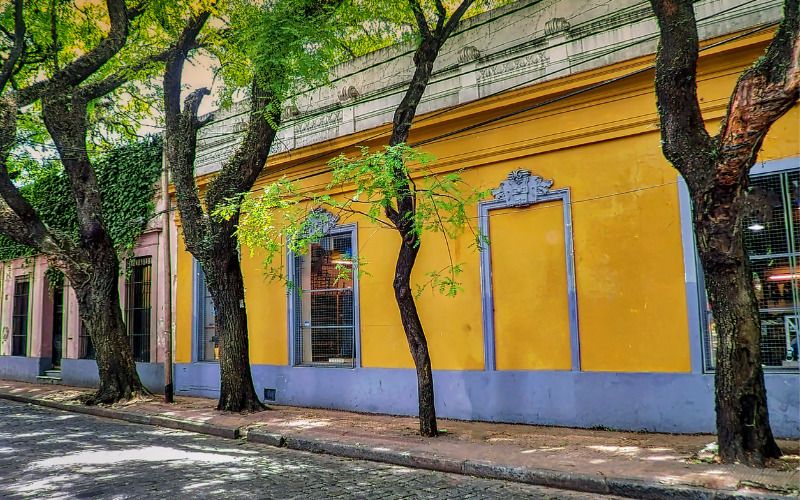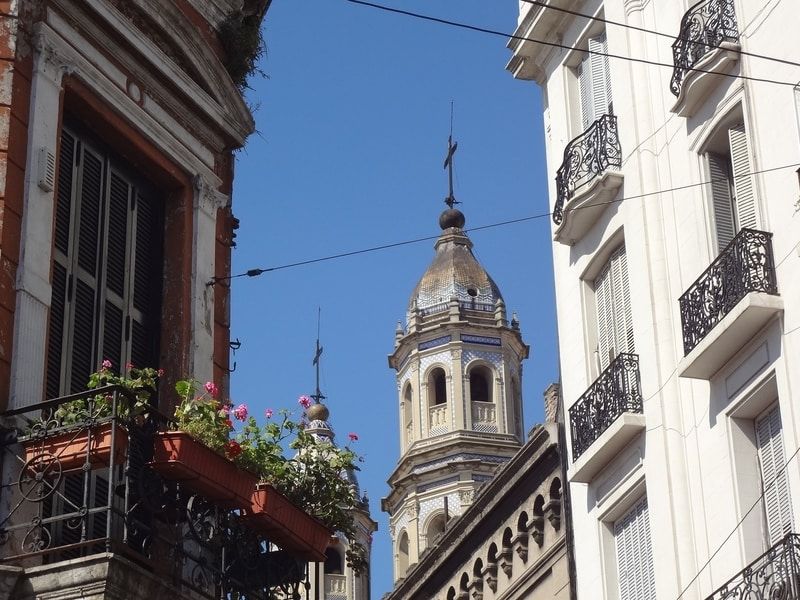One of the best things about Buenos Aires is that every barrio has its own unique charm and set of attractions. When it comes to deciding where to live in the city, there are certain areas you want to avoid outright for safety reasons (La Boca and Once being the two most obvious) and some which might be fun by day but are dead at night. To guide you in your accommodation search, we recommend checking out the following neighborhoods with great vibes and plenty to keep you occupied around the clock.
The Palermos
Great for: everything that is cool and trendy in the city

This is the neighborhood (or group of neighborhoods) that just keeps on growing (and becoming more hipster). While Palermo Soho is at the heart of all the action with a multitude of boutiques, bars, restaurants and cafes and the buzzing Plaza Armenia and Plaza Serrano, Palermo Hollywood, Palermo Viejo, Palermo Chico and Palermo Botánico are all expanding around it into their own mini neighborhoods with equally cool personalities.
Palermo Hollywood (so called because of the abundance of film and TV studios that have set up office in the hood) is Soho’s closest neighbor on the other side of the train tracks and is home to a bunch of new restaurants (local and international), cafes and bars, with more opening all the time. It also boasts a huge indoor flea market (Mercado de las Pulgas) that’s great for finding bric-a-brac for your new room. Palermo Chico and Botánico are a little quieter and more residential but with new restaurants and cafés popping up all the time, plus they are ideally situated in closer proximity to the Palermo woods and oodles of green space that you’ll appreciate in the summertime.
Unfortunately living in the thick of it in trendy Palermo means higher rent prices. That’s the price you pay for having all the action on your doorstep.
Chacarita
Great for: quiet leafy streets and characterful houses but still close to the Palermo action

Chacarita is the quieter sister to Palermo Hollywood with lots of pretty, tree-lined residential streets, more affordable rents in characterful PH-style houses and a lesser-known cemetery (that’s equally as impressive as the Recoleta Cemetery and the resting place of tango legend Carlos Gardel). It’s a short walk away from all the action in the Palermos but there are still plenty of quiet cafes conducive for studying Spanish and a host of more traditional restaurants in the area to keep you well fed.
Villa Crespo
Great for: street art and outlet stores

Situated just southwest of the Palermos, Villa Crespo hasn’t quite been consumed by Palermo although it does already go by the name of ‘Palermo Queens’ in real estate circles. It has the same look and feel of the Palermos but it’s a little less pretentious and hipster and rather more artsy and alternative. The neighborhood is most famous for its abundance of ever changing street art splashed across many a facade and wall and independent art galleries as well as its network of busy outlet stores (where you can find bargains from Argentina’s commercial fashion brands). It’s also close to one of the city’s other great parks, Parque Centenario that’s a popular hangout for young crowds on the weekend.
San Telmo
Great for: quaint cobblestone streets and vintage shopping

Across the other side of the city, San Telmo is the oldest neighborhood in Buenos Aires, full of vintage, bohemian charm. It’s famous for its narrow cobblestone streets and faded Parisian-style elegance not to mention the famous Sunday artisan and flea market, which is an institution and a fun way to spend a Sunday afternoon (just wait until the mid afternoon crowds die down).
The barrio is gentrifying so it’s not as dangerous as in the past, but you do still need to be careful in some of the quieter streets at night. It has its own shopping, dining, art and nightlife scene that’s a little more casual and laid-back than Palermo but equally trendy in a different way.
Almagro
Great for: a very porteño experience away from the tourists
Almagro is an up-and-coming neighborhood with a distinctly more local feel to it. Here you’ll find affordable rents and hidden gems full of more traditional Argentine charm. It’s away from the tourist trail so you’ll hear less English spoken in the local shops, cafes and restaurants, which in turn means you’ll speak more español on a daily basis. It’s got a thriving indie theater scene and is close to numerous transport links taking you downtown or west to Palermo.
Got any other insight into best areas to live in Buenos Aires? Tell our readers in the comments below.
Originally published on Ailola by Sophie Lloyd on April 12, 2019.
